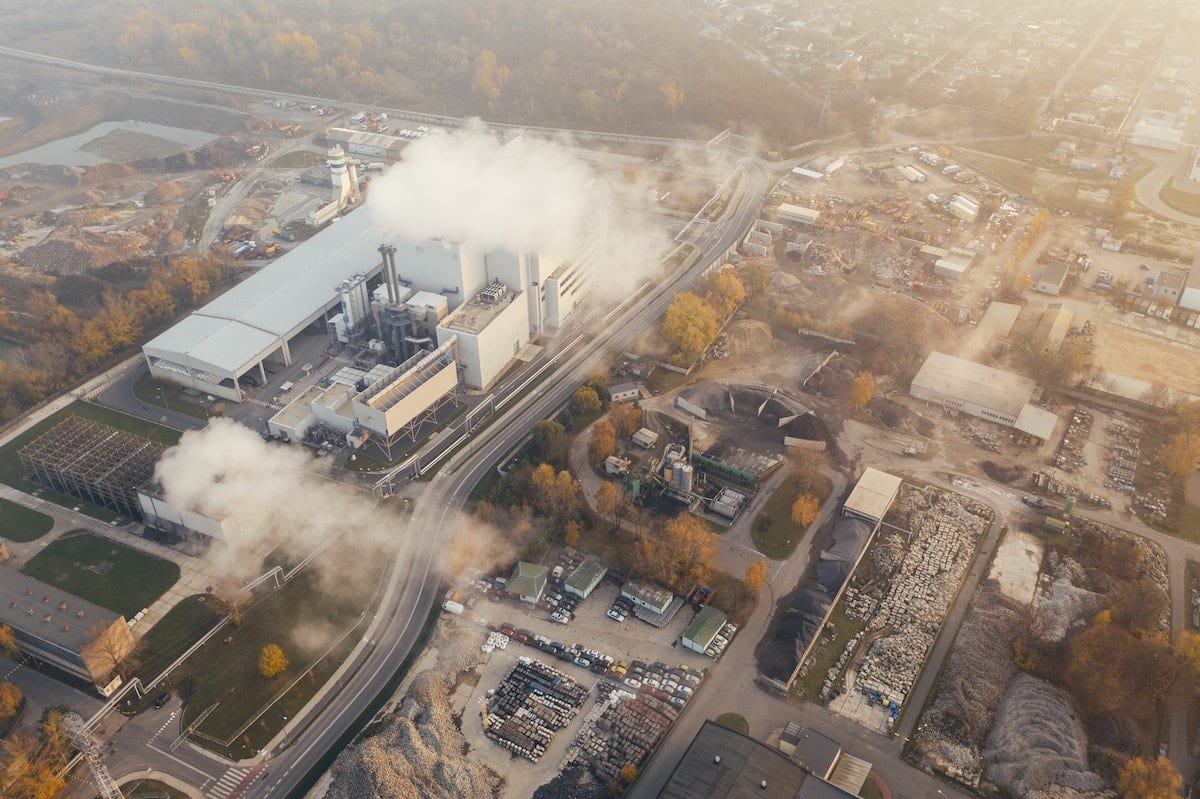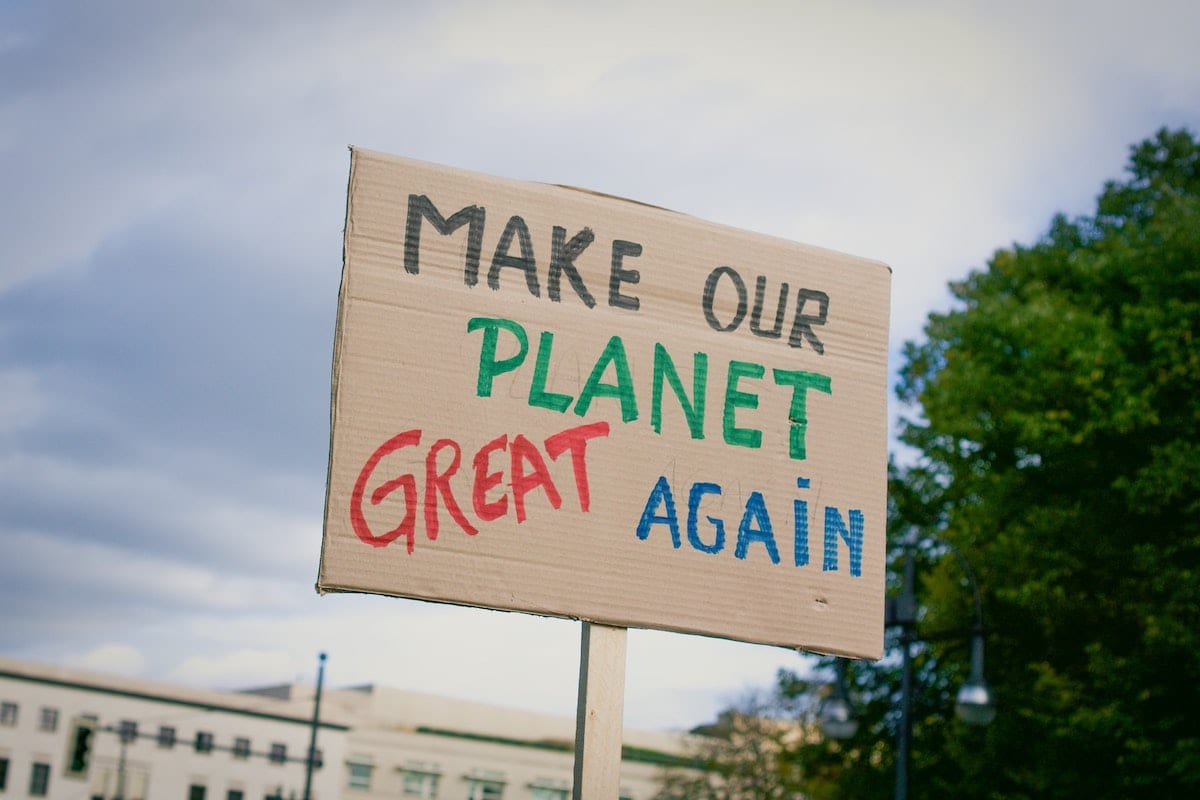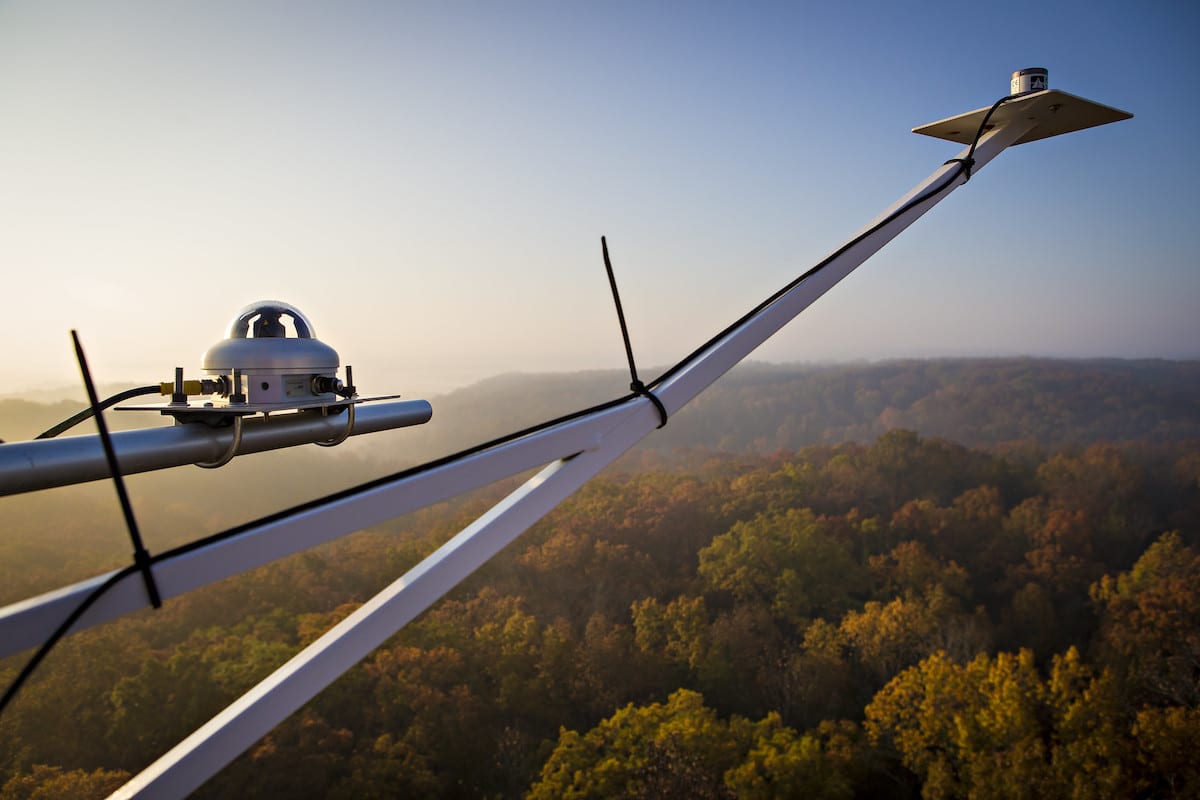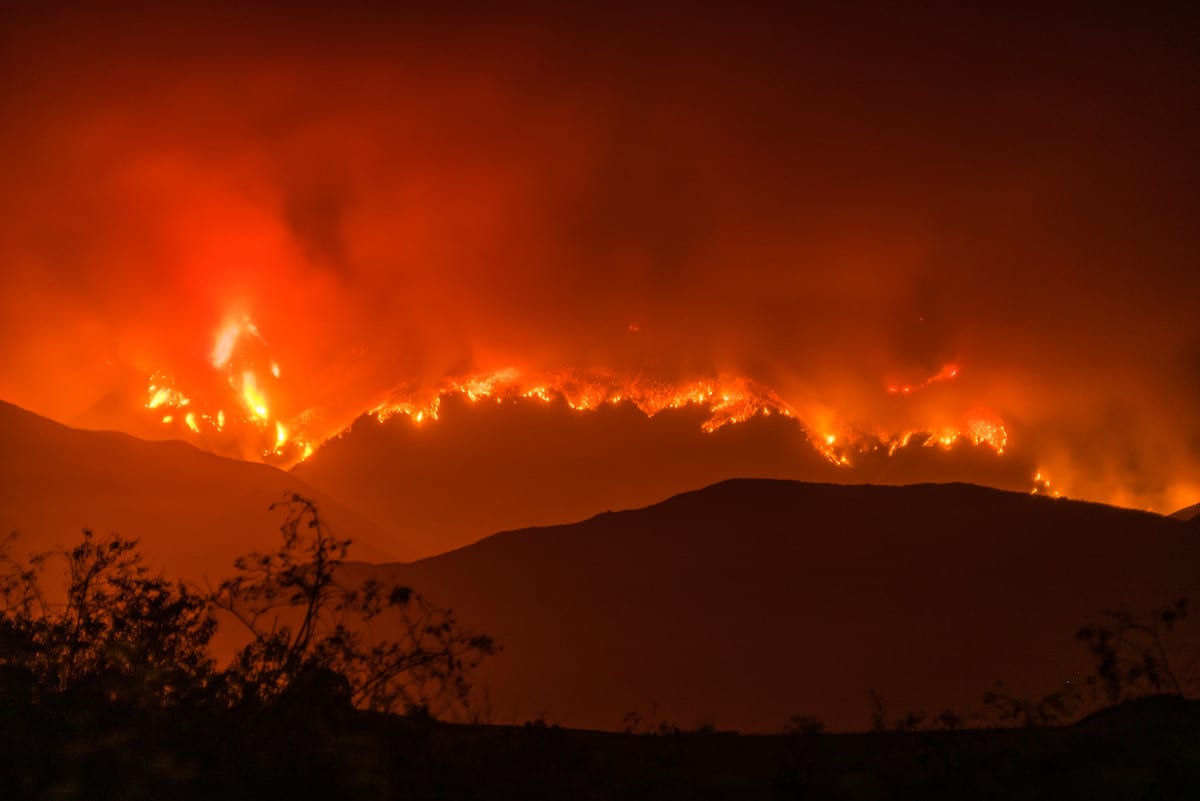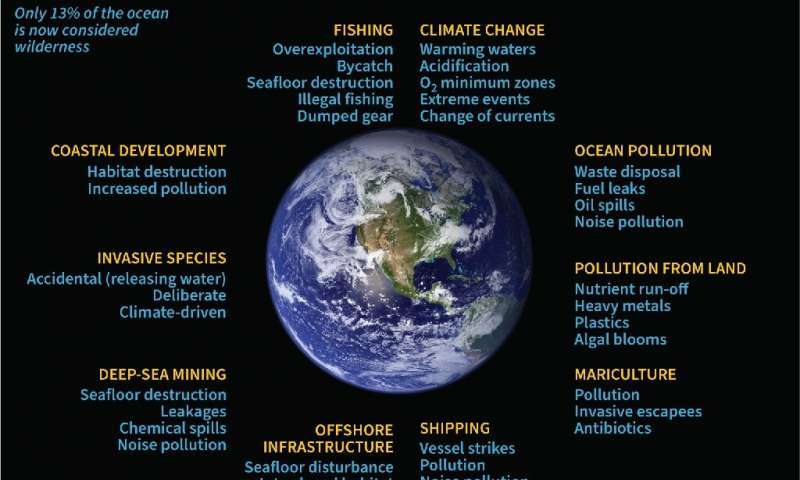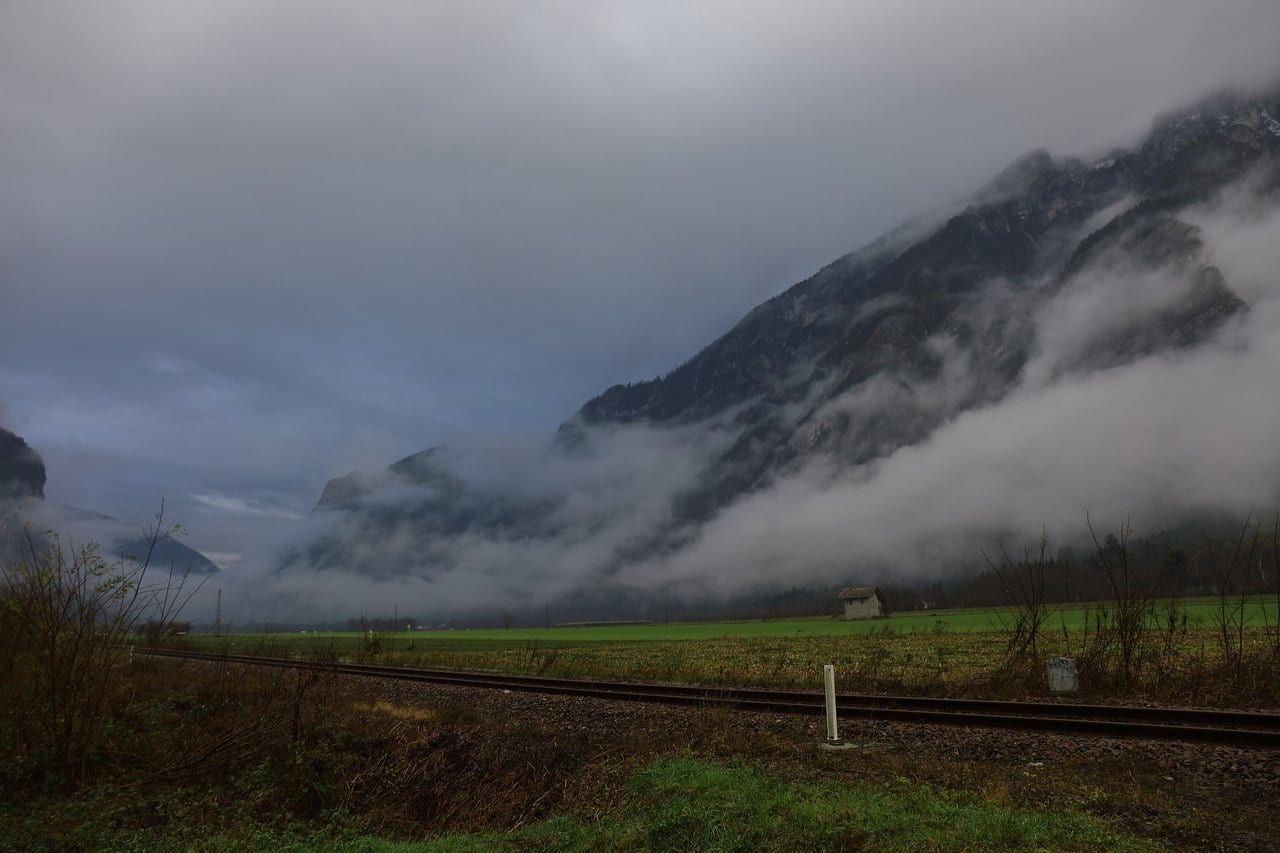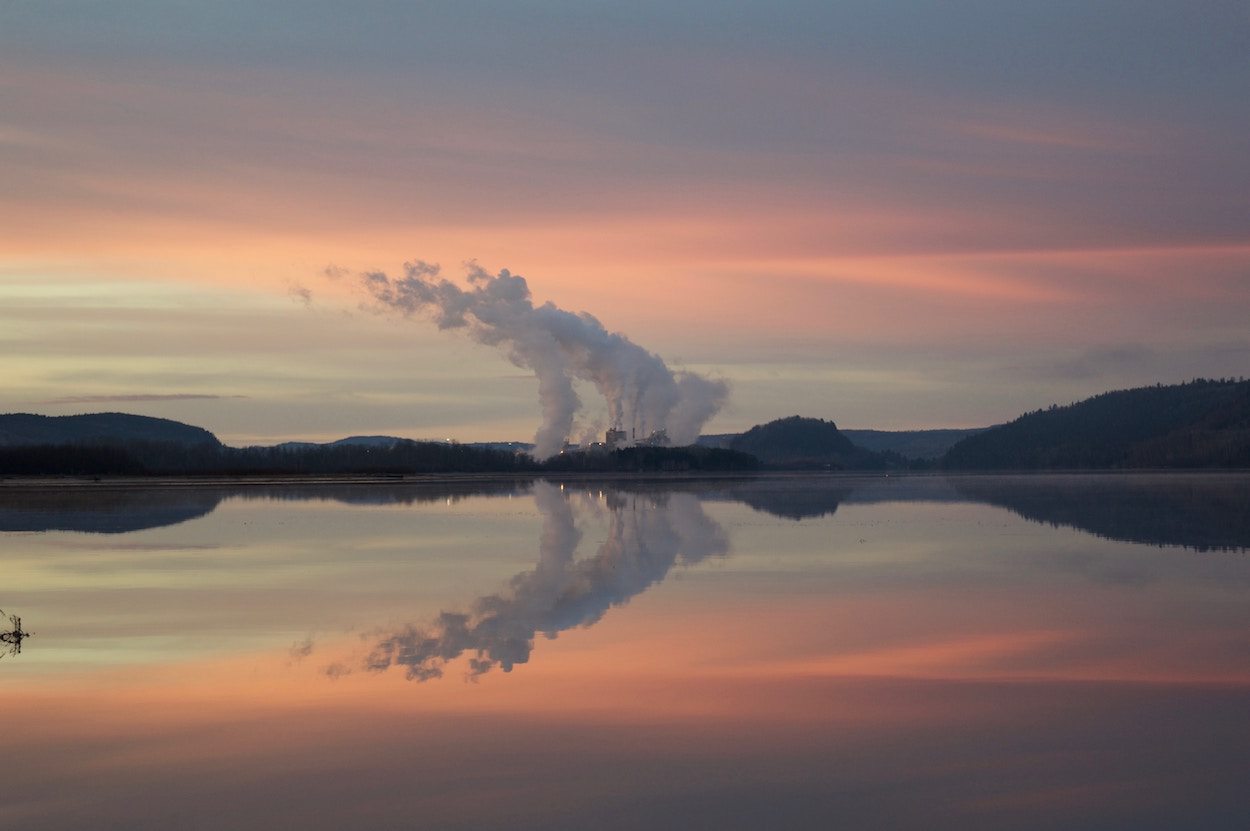President Trump set a target on environmental regulations early in his presidency. After taking office in 2017, he issued an executive order that for every new regulation enacted, two are eliminated. His deregulation includes rollbacks of laws protecting the air, water, and addressing climate change. The Brookings Institute found that as of August 2020, the Trump administration enacted 74 rollbacks of environmental protections.
Add one more rollback to the list. Trump’s Environmental Protection Agency finalized a rule in early October that rolled back the “once in, always in” toxic air pollution policy requiring industrial facilities to implement measures to control pollution as long as the plant operates. Established in 1995, the policy meant that a facility had to continue to follow standards to clean up the pollution it generated.
The EPA determined that the once in, always in policy has no authority under the Clean Air Act “to limit when a facility may be determined to be an area source.” Instead, the rollback of the policy allows facilities to reclassify as area sources after they take an “enforceable limit on their potential to emit hazardous air pollutants that bring their level of emissions below the major source thresholds.”
The rollback is an environmental loophole for major polluters
The rollback of the once in, always in policy is a key part of Trump’s deregulation agenda. As EPA Administrator Andrew Wheeler said, “Today’s action is an important step to further President Trump’s regulatory reform agenda.”
The rollback amounts to an environmental loophole allowing thousands of large industrial facilities regulated as major pollution sources to opt-out of standards for hazardous air pollutants. It undermines the Clean Air Act that requires large industrial facilities to comply with maximum achievable control technology (MACT) if their emissions of hazardous air pollutants (HAP) exceed major source thresholds. The MACT standards include 187 toxic pollutants. In 1995, the EPA determined that the Clean Air Act requires major industrial facilities to comply with MACT standards as long as they are in operation.
The loophole allows any facility that is a source of major pollution to reclassify itself as a small area source if it emits below the major source threshold, even if it only emits below the threshold because it complies with MACT standards. A total of 3,912 industrial facilities across the country, including refineries and chemical plants, could use the loophole to avoid complying with MACT standards, according to the EPA’s analysis. Nearly 1,600 of those facilities in 48 states could increase pollution annually by more than 49.2 million pounds, analysis by the Environmental Defense Fund found.
The most vulnerable are at risk of toxic pollution
The loophole could expose millions of people in the U.S. to toxic air pollution increases. EDF’s analysis found that the greatest increases in pollution would occur in Texas, California, Michigan, and Louisiana. Seven California cities make the top 10 of the American Lung Association’s State of the Air 2020 report for ozone pollution. Six California cities make the top 10 for year-round particle pollution, while five of the state’s cities make the top 10 for short-term particle pollution.
The environmental loophole puts the most vulnerable people at risk. Many of the facilities where pollution could increase under the loophole are in low-income communities and communities of color. The EDF analysis found that 73 percent of the facilities that will emit more pollutants under the loophole are located where the percent of the population qualifying as low income is above the national median. A total of 91 percent of the facilities are in areas where the percentage of the minority population is above the national median. Children and the elderly will be disproportionately affected. Fully 78 percent of the facilities are in areas where the percent of the population is below five years of age or above 64 years old are above the national median.
The 3,912 facilities eligible to use the loophole produce pollutants “pose serious risks to human health,” the Union of Concerned Scientists states. Those pollutants include benzene, styrene, and formaldehyde. All three are linked to serious health problems such as cancer and respiratory illness.
What you can do
Are you tired of the Trump administration’s rollbacks of environmental protection? Vote him out on November 3.
Photo by Marcin Jozwiak on Unsplash


